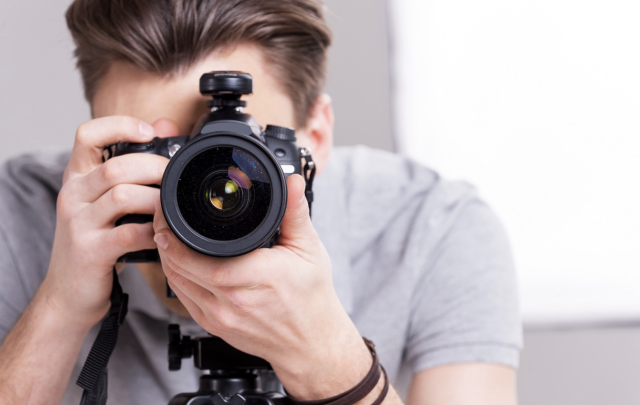Creating a convincing portrait photograph is an art in itself that requires the right mix of several key components. First and foremost, the lighting must be well done to carefully draw attention to the subject’s features. Whether it’s natural light or intentionally placed artificial light, the lighting should enhance the subject’s appearance and provide depth, story, direction, texture, and contrast.
The basics
According to FrameShot Portrait Photographers, composition of the photo is also quite important, as it determines how the subject is positioned within the photo frame. The composition should create a visually pleasing image that draws the viewer’s eye to the subject’s features, especially the eyes of the person. A well-composed photo can provide a strong sense of balance and harmony that adds to the overall quality of the portrait.
The subject’s expression is crucial in bringing out their individual personality and evoking emotions in the viewer of the picture. An experienced portrait photographer can coax out a natural yet authentic expression from the subject that conveys their unique character. Whether it’s a genuine open smile, a look of determination, or a slight sense of mystery, the subject’s expression is an essential part of a good portrait.
Background
The background of the photo is also important, as it should complement the subject without distracting or asking for attention. A simple and clean background can help focus attention on the subject and provide a sense of balance to the overall composition. Alternatively, a blurred background can isolate the subject and add depth to the image.
In addition to these artistic considerations, technical skills are also important in creating a good portrait photograph. The photographer must be skilled in using their camera and lights to properly expose the photo, focus on the subject, and enhance the image in post-processing. Many portrait photographers start out as wedding photographers.
Ultimately, a good portrait photograph is one that captures the essence of the subject and tells a story about them. It should be visually engaging, emotionally evocative, and technically proficient. Whether it’s a professional headshot, a family portrait, or a candid snapshot, a good portrait photograph is a work of art that stands the test of time
How to become a portrait photographer
Becoming a successful portrait photographer requires a combination of technical and soft skills. You need to understand the technical aspects of photography, such as camera equipment and settings, lighting, composition, and image post-processing. At the same time, you also need excellent people skills, including communication, patience, and the ability to make people feel comfortable and at ease during the shoot.
As a portrait photographer, creativity is definitely essential. You need to have a unique and creative eye that can think outside the box and you need to be able to experiment with different techniques and styles. Business skills are also vital, including marketing, branding, pricing, and financial management. You need to know how to promote your services, manage your finances, and build a successful brand that can attract clients.
In addition, flexibility and adaptability are crucial. You need to be able to work with different lighting conditions, adjust your techniques to suit the subject’s needs, and be flexible with scheduling and timelines. Continuous learning is also important. You need to stay up-to-date with the latest trends, techniques, and equipment, attend workshops, take courses, and network with other photographers to stay relevant and improve your skills.
Equipment
Investing in the right gear is crucial for portrait photographers to produce high-quality images and meet client expectations. There are several pieces of equipment that a portrait photographer should consider investing in to achieve their desired results.
A high-quality camera with manual controls is an essential piece of equipment. Full-frame or crop-sensor cameras with at least 24 megapixels are recommended for professional portraits. A high-quality lens is also critical, as it can make a significant difference in the quality of portraits. A 50mm or 85mm prime lens is ideal for portrait photography as they can produce sharp and detailed images with a shallow depth of field. Don’t forget that once you’ve bought a camera you can go down a lot of different photography routes, even funeral photography.
Good lighting is crucial for portrait photography, and investing in lighting equipment can help produce consistent and high-quality results. A basic lighting setup includes a couple of light stands, softboxes or umbrellas, and a flash or strobe.
Using a simple tripod can help keep the camera steady, reduce the risk of camera shake when shooting portraits, and is particularly useful when shooting in low light or when using slower shutter speeds. If your location looks too busy a backdrop can be used to create a consistent and clean background for portraits, with different types available, such as seamless paper, muslin, or vinyl.
Portrait sessions can last for several hours, so it’s essential to have plenty of backup memory cards, shoot tethered to a laptop and have plenty of batteries on hand. Ultimately, investing in high-quality equipment that fits the photographer’s needs and preferences can help produce professional-level portraits that stand out from the rest.


